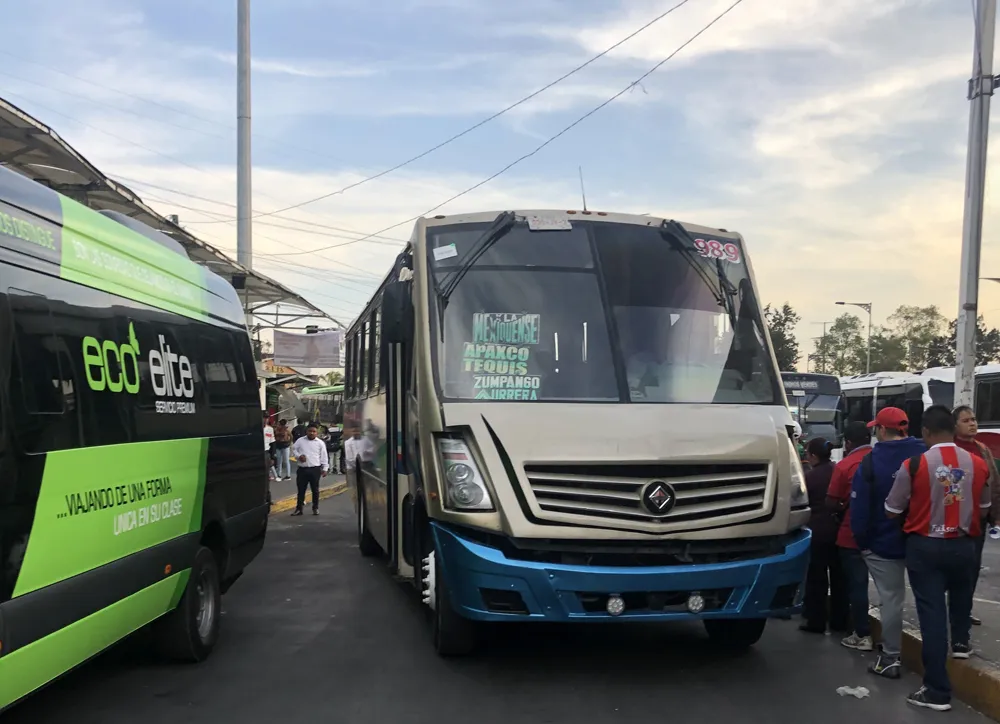
At Loomis safety is considered good business. Presented with the opportunity to reduce both accident frequency and associated primary liability costs, the company equipped the majority of its US armoured truck and van fleet with the Driver Safety Measurement and Training System from
The SmartDrive system incorporates in-vehicle video and audio recording of triggered events, post-event analysis and recommendations by safety experts, as well as online programme management and coaching tools, all with the goal of reducing risky driving and collision frequency.
Project:
Driver safety measurement and training programme
Cost:
$1,000,000+
ROI:
Over US$1.6 million improvement in direct casualty expenses, excluding insurance premium reductions, attributable to Loomis' loss prevention programmes, which include SmartDrive's Safety Programme... and and incalculable return in injuries prevented and lives saved
Benefits:
Collision frequency reduced by 53%
Improved driver performance and professionalism
Decreased liability, physical damage and injuries to employees (workers' comp)
Get visibility to driving distractions, such as cell phone use, texting, etc
Exonerate drivers from fault when collisions occur
Quickly and accurately resolve claims and eliminate inaccuracies
The SmartDrive onboard event recorder captures video, audio, speed and location, documenting what happens inside and outside a vehicle during an event. Attached to the windshield behind the rearview mirror, the device contains a forward- and inward-facing dual-lens camera with a 280° view of the front of the vehicle, inside the cab, side and rear windows. The recorder is triggered by a process incorporating a multi-axis accelerometer which measures sudden movements, such as swerving and abrupt braking, and speed sensing that determines when excess speeds occur. Captured events include 15 seconds of video footage both before and after the triggered event (with views both in the cab and out the front of the vehicle), as well as audio, location, speed and more. A manual button allows a driver to record video in 30-second increments, if needed.
Benefit analysis
Loomis's safety philosophy embraces the idea of a 'Perfect Day' where drivers avoid personal injury, keep assets secure and go home safely every day. SmartDrive helps put this philosophy into practice.The video-based SmartDrive Safety System helps Loomis's fleet and safety managers reduce the frequency, severity and financial impact of collisions, by providing a true picture of what's really happening in the cab and on the road. Expert reviewers evaluate every event, score it and pinpoint areas for improvement. It's a simple process that, for Loomis, has paid back quickly.
The initial phase of the SmartDrive deployment exceeded company expectations. In the last half of the first year of operation, accident rates plummeted by over 50 per cent, which positively affected the company's primary liability and workers comp rates; speeding incidents were reduced 53 per cent. As a result, Loomis added another 1,000 vehicles to the SmartDrive Safety System, taking the company one step closer to that 'Perfect Day'.
SmartDrive gives Loomis the opportunity to reinforce good driving habits and correct unsafe behaviours, because their managers see incidents occur out on the road that they normally wouldn't see. As an example, when Loomis started using SmartDrive, the first thing managers saw was that the incidence of drivers not using their seatbelts had spiked. After just six months with the system, seatbelt usage improved 68 per cent; they even created a seatbelt training video using SmartDrive-captured clips.
Loomis has found that viewing footage of other drivers on the road helps drivers learn from each other. During one training session, the company showed video of a driver who was not maintaining the driving alertness level expected. After this session, one Loomis driver revealed how he struggles with driving long distances. So managers switched him to a city route with more frequent stops, which keeps him much more alert, and he has not had a problem since.









